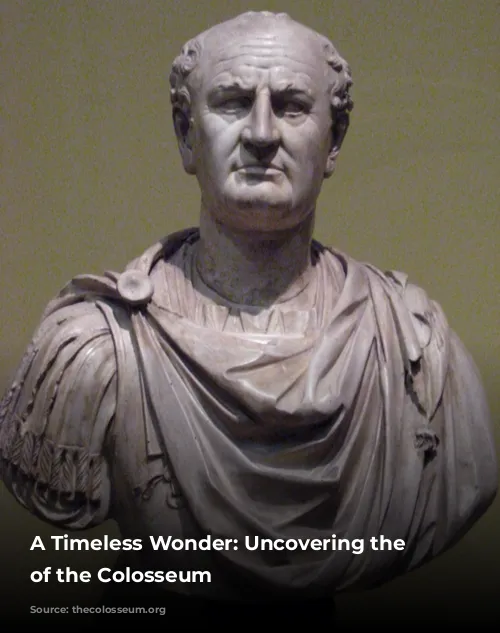The Colosseum, standing as a testament to the grandeur of the Roman Empire, is more than just a pile of ancient stones. It’s a portal into a world of gladiator battles, epic hunts, and gruesome executions, a place where history comes alive with every step.
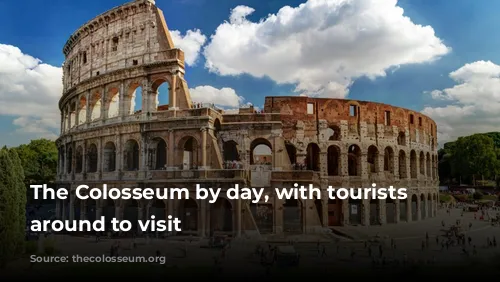
From Construction to Completion: The Colosseum’s Origins
Born from the ashes of Nero’s tyranny, the Colosseum began its journey in 72 AD under the watchful eye of Emperor Vespasian. A monument to Roman power and a symbol of unity, the Colosseum was a dream that Vespasian sadly couldn’t see come to fruition. His sons, Titus and Domitian, took up the mantle and completed the colossal structure in 80 AD. Built by the hands of Jewish slaves, the Colosseum stands today as a powerful reminder of the empire’s complex history.
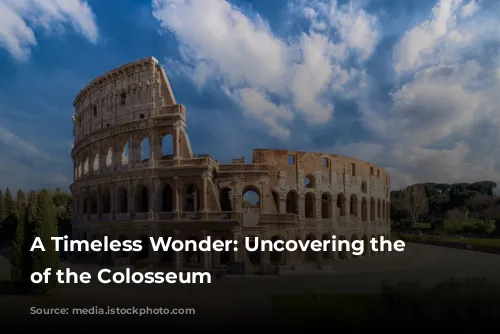
A Colossal Project: The Colosseum’s Construction
The Colosseum’s construction involved a massive workforce, estimated to be between 60,000 and 100,000 slaves. These individuals, captured after the first Jewish-Roman war, were forced to toil under the watchful eyes of Roman engineers and craftsmen, their labor shaping the Colosseum’s monumental structure.
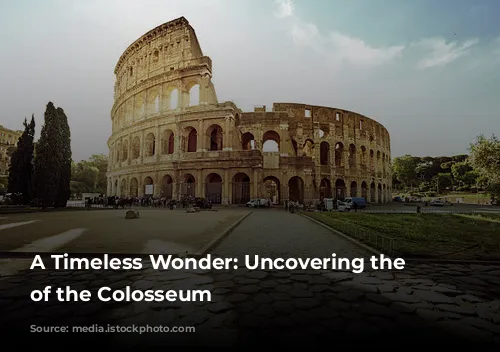
A Building of Power: The Colosseum’s Purpose
The Colosseum wasn’t just a stadium; it was a testament to Roman power and a tool for social control. Emperor Vespasian, seeking to win over the Roman people, ordered the construction of this grand amphitheater to replace Nero’s extravagant palace, a symbol of the emperor’s tyranny. This gesture provided a space for all Roman citizens to seek entertainment, witness spectacles, and feel a sense of unity under the imperial banner.
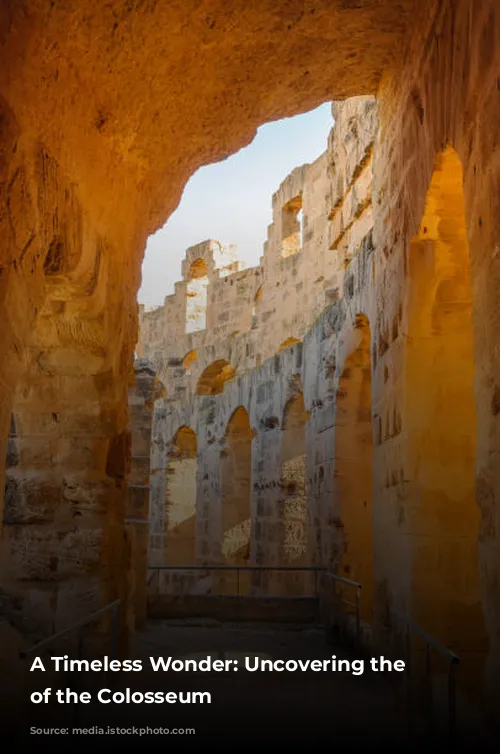
A Symbol of Strength: The Colosseum’s Name
The Colosseum, once known as the Flavian Amphitheater, earned its iconic name from the colossal statue of Emperor Nero, which once stood near the building. This massive bronze statue, itself a replica of the Colossus of Rhodes, reflected the grandeur of the Roman Empire and ultimately lent its name to the amphitheater itself.
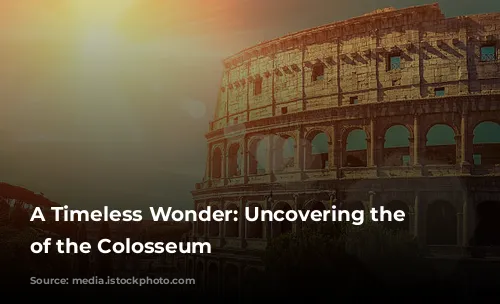
A Monumental Structure: The Colosseum’s Dimensions
The Colosseum, an oval-shaped masterpiece, stands tall and imposing. Stretching 189 meters long, 156 meters wide, and 48.5 meters high, this architectural marvel boasts a surface area of 6 acres, making it one of the largest amphitheaters ever built.
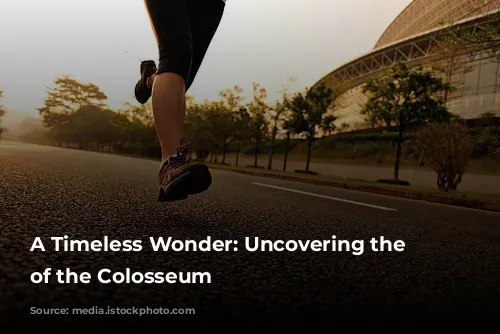
A Guide for the People: The Colosseum’s Arches
The Colosseum’s outer walls, adorned with three levels of Doric, Ionic, and Corinthian columns, are punctuated by 80 majestic arches. These arches, originally numbered with Roman numerals, served as a guide, allowing citizens to easily find their seats and enjoy the spectacle without chaos.
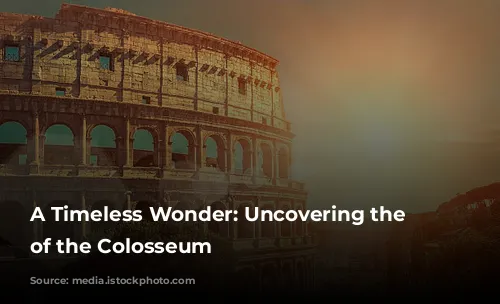
From Stone to Strength: The Colosseum’s Construction
The Colosseum, a feat of engineering and artistry, was built using approximately 100,000 cubic meters of travertine stone, quarried from the nearby town of Tivoli. These stones, expertly fitted together, were held in place by thousands of iron clamps, a testament to the ingenuity of Roman builders.
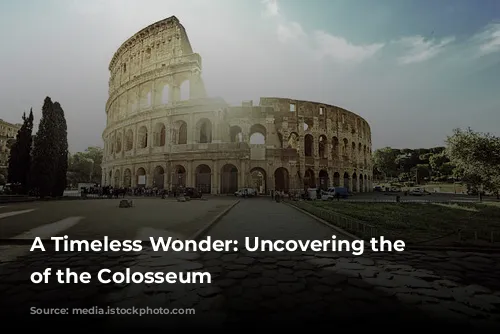
A Secret Beneath the Surface: The Colosseum’s Hypogeum
Beneath the grandeur of the Colosseum lies a hidden world: the Hypogeum. This intricate network of tunnels and chambers, a secret world beneath the arena, was used to house gladiators, animals, and prisoners before their entrance into the arena. Vertical shafts and trap doors, cunningly engineered, allowed for the swift deployment of scenery and the sudden appearance of performers, captivating the audience with their elaborate theatrics.
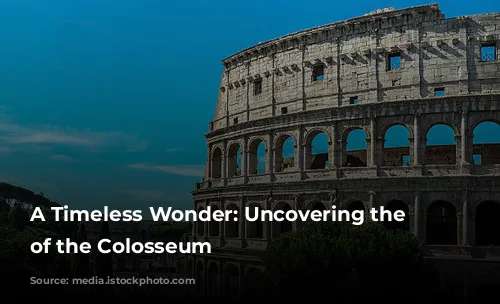
A Crowd of Thousands: The Colosseum’s Capacity
The Colosseum, a true embodiment of Roman spectacle, could accommodate a vast audience, estimated to be between 50,000 and 80,000 spectators. The roar of the crowd, the anticipation of the event, and the thrill of the spectacle, all combined to create an atmosphere of unparalleled energy and excitement.
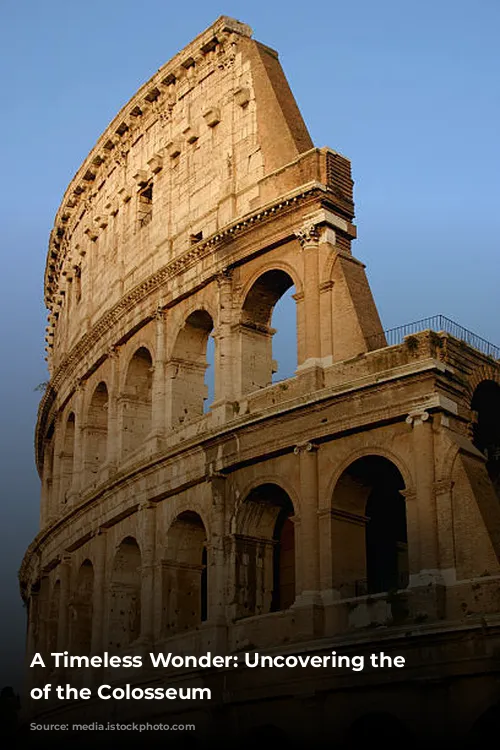
A Place of Bloodshed: The Colosseum’s Legacy
The Colosseum witnessed a tragic spectacle, the loss of countless lives. Estimates suggest that as many as 400,000 individuals, gladiators, slaves, convicts, and prisoners, perished within the Colosseum’s walls over the 350 years it was used for bloodsports. The Colosseum’s history is intertwined with brutality, but it’s also a story of human resilience and the enduring power of spectacle.
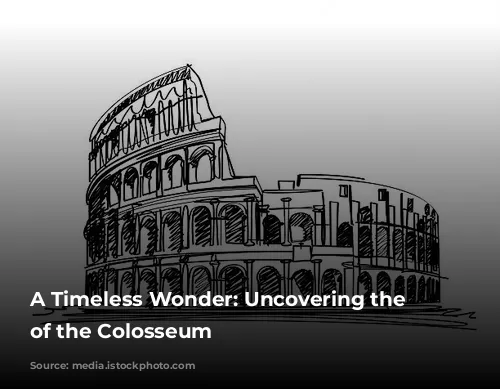
The Wildness of the Arena: Animals in the Colosseum
The Colosseum was not only a stage for gladiatorial combat but also a wilderness enclosure. Lions, tigers, wolves, bears, leopards, and even exotic creatures like elephants, hippos, and giraffes were brought to the Colosseum to participate in staged hunts and execution spectacles, creating a terrifying and awe-inspiring show for the audience.
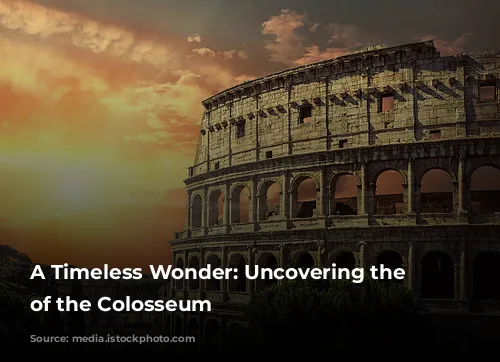
A World of Spectacles: The Colosseum’s Performances
The Colosseum was a melting pot of gladiator battles, hunts, executions, and even staged naval battles, known as naumachia. These spectacles provided entertainment for the masses, often blurring the lines between reality and fantasy, showcasing the grandeur and power of the Roman Empire.
The Reality of Gladiator Combat: Debunking the Myths
While gladiator fights are often depicted as gruesome free-for-alls, the reality was slightly more nuanced. Gladiators were categorized, doctors monitored the fights, and referees ensured fair play. Successful gladiators could even become celebrities, their fame and skill earning them respect and admiration. Although violence was inherent, it wasn’t a chaotic bloodbath, but rather a controlled spectacle that entertained the Roman masses.
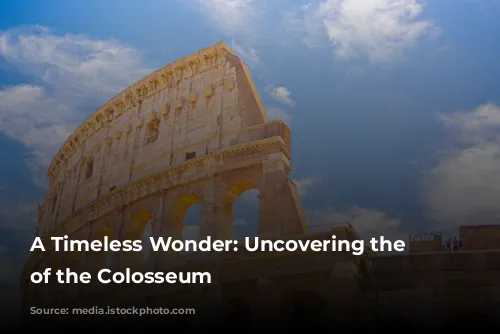
Christian Martyrs in the Colosseum: Fact or Fiction?
While many lives were lost within the Colosseum, including those of Christians, there’s no conclusive historical evidence to support the connection between stories of Christian martyrs and the Colosseum. The legend of Christian martyrs in the Colosseum has endured throughout history, captivating imaginations and adding a layer of mystery to the Colosseum’s narrative.
Gladiator and Emperor: The Truth Behind the Movie
The movie “Gladiator”, while a captivating cinematic masterpiece, takes liberties with historical accuracy. Commodus, the Roman Emperor depicted in the film, was indeed a fan of gladiatorial combat and often participated himself. However, he favored handicapped opponents or non-predatory animals, earning him the title of a sadist rather than a skilled warrior. While the movie provides an entertaining interpretation of history, it’s important to remember that history is a complex tapestry, woven with both truth and fiction.
The Colosseum’s Legacy: A Life Beyond the Arena
The Colosseum’s legacy extends far beyond its days as an arena for gladiatorial combat. Through the centuries, it has served as a cemetery, a place of worship, a fortified castle, and even housing for artisans and merchants. Today, it stands as a powerful symbol of Roman history and a testament to the enduring power of human creativity and resilience.
The Colosseum Today: A Global Icon
The Colosseum remains a global icon, attracting over 7 million visitors annually, making it one of the most visited landmarks in the world. A testament to the enduring fascination with Roman history, the Colosseum continues to inspire and captivate people from all corners of the globe.
